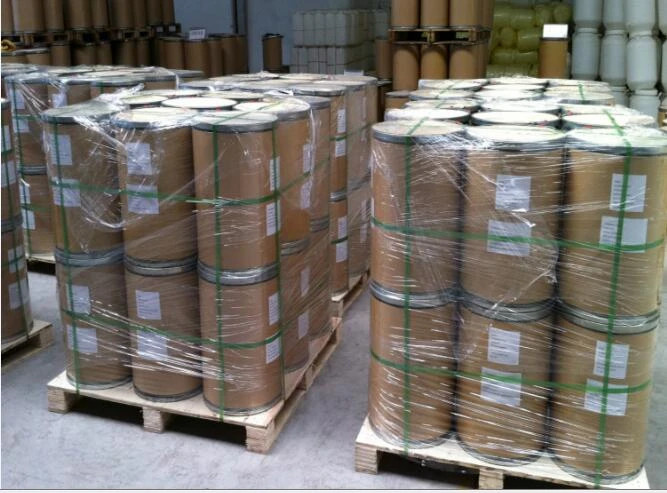water and wastewater treatment chemicals
In the rapidly evolving landscape of water and wastewater treatment, choosing the right chemicals is crucial not only for ensuring compliance with regulatory standards but also for achieving operational efficiency and sustainability. As an expert in the field, I can attest to the profound impact these chemicals have on the entire treatment process, addressing everything from purification to the safe disposal of wastewater.
Water and wastewater treatment chemicals are pivotal in the removal of solid particles, pathogens, and hazardous substances from water. This is achieved through a combination of coagulation, flocculation, and disinfection processes, where chemicals like chlorine, ozone, and various coagulants and flocculants come into play. These chemicals, when selected and used properly, ensure the water is not only safe for consumption but also meets stringent environmental standards.
Coagulants and flocculants, for instance, serve different but complementary roles. Coagulants neutralize the charges on particles, facilitating their aggregation, whereas flocculants bind these particles together, forming larger aggregates that settle more easily. The correct combination of these chemicals can significantly enhance the efficiency of sedimentation processes, leading to clearer and safer water.
In my experience, the choice of these chemicals should be based on a deep understanding of the specific characteristics of the water or wastewater being treated. Factors such as pH level, turbidity, and the presence of contaminants must be considered for effective chemical usage. For instance, in highly turbid waters, selecting a high molecular weight flocculant can result in better aggregation of particles, leading to more effective sedimentation.
Disinfection, another critical phase in the treatment process, often involves chemicals like chlorine or ozone. While chlorine is widely used due to its effectiveness and lower cost, ozone offers a chlorine-free option that can be particularly advantageous in instances where chlorine by-products pose a risk to human health or the environment. It's imperative, however, to be well-versed in handling these chemicals, as improper use can lead to harmful residues or ineffective disinfection.water and wastewater treatment chemicals
Advanced chemical solutions are also gaining traction, such as those targeting specific contaminants. For example, tailored ionic polymers can selectively bind to heavy metals or specific organic compounds, allowing for their targeted removal. This innovative approach is not only more efficient but also reduces the chemical load in the treated water, aligning with sustainability goals.
Furthermore, maintaining a robust monitoring and adjustment mechanism throughout the treatment process is essential. Automated systems that monitor water quality parameters in real-time can optimize chemical dosages, ensuring that the treatment is both effective and economical. Such systems rely on sophisticated algorithms and sensors, underscoring the importance of state-of-the-art technology integration in modern treatment facilities.
The sustainability aspect cannot be overlooked, and there's a growing trend towards green chemistry solutions in water treatment. Biodegradable chemicals and biopolymers are being researched and implemented, reducing the environmental impact of traditional synthetic chemicals. This transition not only benefits the planet but also enhances the credibility and acceptance of treatment facilities among stakeholders and regulators.
In conclusion, water and wastewater treatment chemicals are indispensable in achieving safe and effective water purification. The role of an experienced professional is paramount in selecting the right chemicals, optimizing their usage, and integrating state-of-the-art technologies to enhance treatment outcomes. Authority in this field is built on continuous research, adherence to regulatory standards, and a commitment to innovation and sustainability. With the right blend of expertise and trustworthy practices, the chemical solutions employed can lead to substantial improvements in public health and environmental conservation.
More product recommendations



